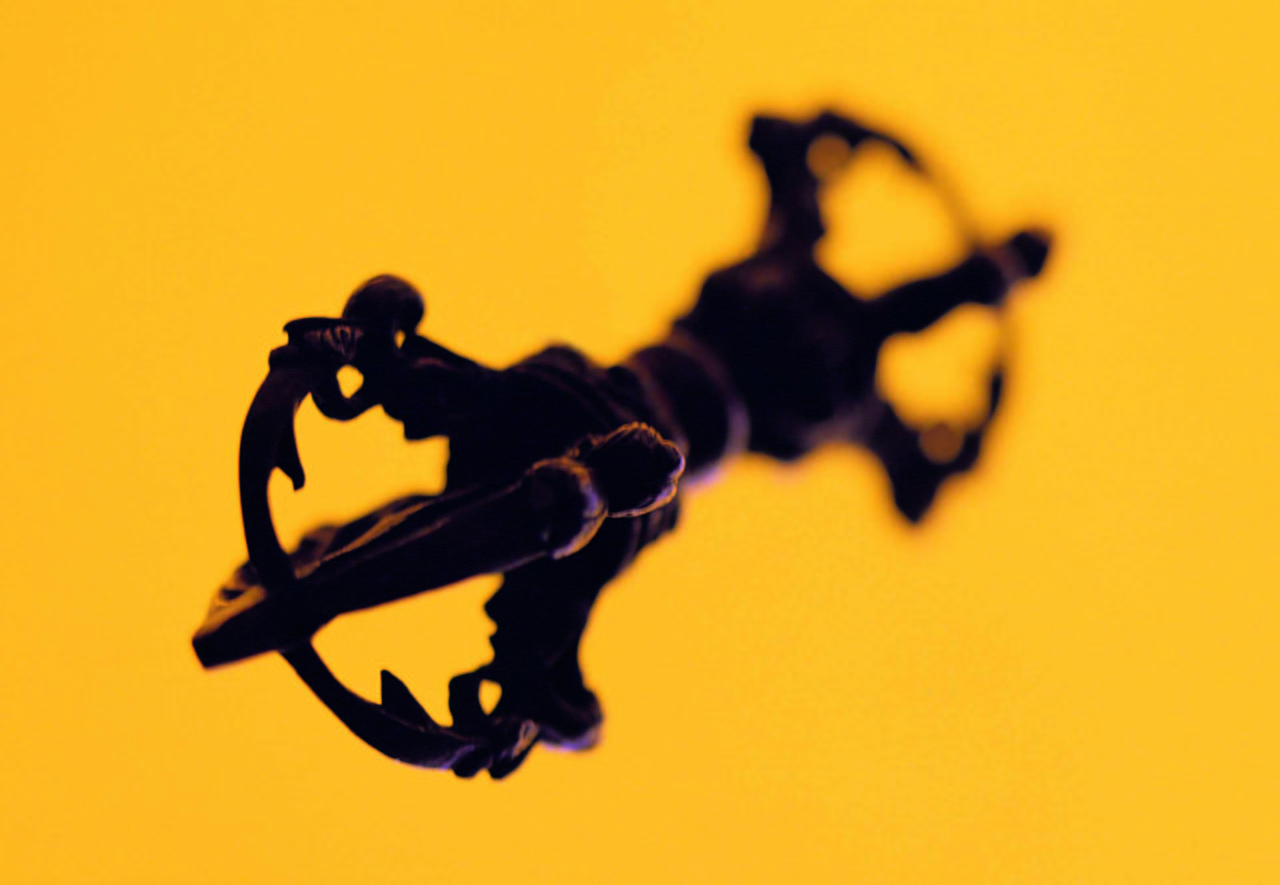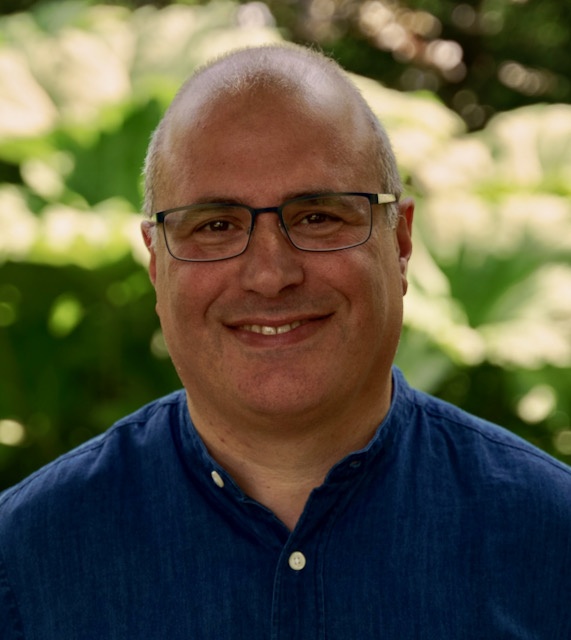For nine years, from 1996 to 2005 I edited Dharma Life magazine, which explored the encounter between Buddhism and the modern world. Most of the articles from issues 15-26 are posted online at www.dharmalife.com, and you can find them here: 15 | 16 | 17 | 18 | 19 | 20 | 21 | 22 | 23 | 24 | 25
There are many more that aren’t online, and I’ve recently been discussing with some others how to make these more available.
Meanwhile, to give a sense of the inspiration behind the magazine, here’s a video from 1997, and below is the Editorial from the first issue, which still seems pretty good to me.
Dharma Life: First Editorial
Spring 1996
This magazine’s predecessor, Golden Drum, was launched 10 years ago. In his first editorial , Nagabodhi wrote: ‘The FWBO has, in a sense, come of age. And now it is time to speak out with a new voice. That voice is Golden Drum.’ For the launch of Dharma Life I would like us to speak out in our own voices. Those voices can be heard in Dharma Life.
As the magazine evolves, I hope it will articulate, to as wide an audience as possible, the Buddhist values on which the FWBO is based. In this sense the magazine will be spiritually committed. I am also determined to encourage people to speak for themselves.
Real Dharma
Dharma Life is a magazine written and largely produced by committed Buddhists. It is not ‘about’ Buddhism in an academic way. Nor is it hoping to popularize Buddhism, by linking it to spiritual fashions in a New Age manner. Its editorial policy is founded firmly on the principles of Buddhism and the experience of putting those principles into practice.
More specifically, Dharma Life has grown out of a particular Buddhist movement, the Friends of the Western Buddhist Order. It also aims to reflect the FWBO’s values but Dharma Life is not for nor about the FWBO alone. Its values are simply the fundamental values of the Buddhist tradition imbued with the determination to bring them alive in the modern world. Thus the magazine is concerned with the encounter of Buddhism and Western culture and is for anyone interested in what Buddhists make of that encounter.
Real Life
Dharma Life is not the place for theoretical presentations of Buddhism an, in that sense, it is not intended to fulfill a teaching role. It expresses the experience of practising Buddhism in the modern world.
When teaching one is inevitably trying to present a clear exposition of the Buddha’s path and to encourage people to put it into practice. Too easily this can become a form of censorship, a quiet deletion of anything in the tradition, or in one’s experience, which might counteract that positive impression or raise questions to which there are no easy answers.
I am personally more interested in difficult questions than easy answers. And in Dharma Life I hope to publish writers who are able to express their Buddhist values by being prepared to speak up for what they believe to be the truth. I want to find committed writing that is new, true and considered.
I believe that an open-minded approach that is unafraid to take risks is the only one in keeping with the spirit of Buddhism, and indeed, of the FWBO. It is also an approach that allows the creative space for incisive writing and stimulating reading.
One potential pitfall is to look to ‘armchair experts’ for dispassionate, intellectual discussions of ‘Buddhism in the West’ (as if writers can be aloof from their subject). This would be quite wrong for a spiritually committed magazine – dispassion is the last thing we need. Instead Dharma Life will draw on the deep reserves we have developed among Western Buddhists.
If we can genuinely speak for ourselves we will find that we speak to others. I am confident that Dharma Life will be relevant far beyond the Buddhist community. It is traditionally said that spiritually committed people are essential to civil society because they point out ways in which it can grow beyond its existing limitations.
Buddhist ideas and experience are powerful indeed. The task is to unleash their potential.


